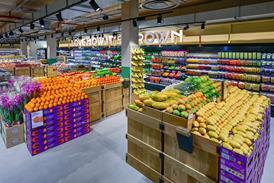Strategy spotlight: Five ways TK Maxx’s off-price business model taps into consumer trends

The off-price retailer with an enviably agile business model, TK Maxx owner TJX Companies has just reported a 3% hike in net sales for Q1 and raised its full-year profit forecast. Our Retail Week analysts break down five ways the retailer is keeping up with demand and making the most of shoppers’ bargain-hunting missions
In an unpredictable retail environment when ‘value’ is an increasingly fierce battleground, TK Maxx’s flexible model is an advantage. It allows it to offer an eclectic mix of products and designers that come together in a treasure hunt-esque shopping experience that delights its fans.
Already have an account? Sign in here



















